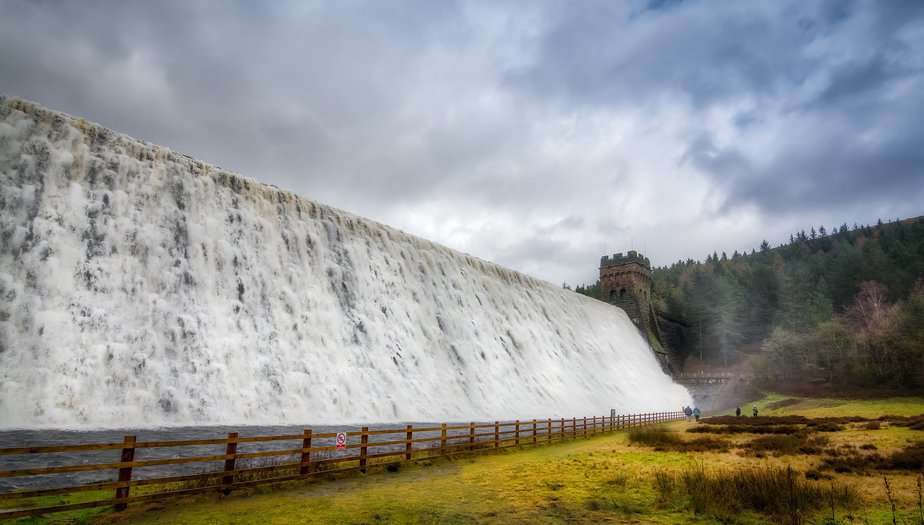
As we look to the future, the politics of dam development are likely to continue evolving.
The construction of dams has long been a political chess piece in the development agendas of nations worldwide. The narrative that dams represent progress is deeply embedded in the political dialogue, often serving as a symbol of modernity, control over nature, and economic development. However, the politics of dam development are complex and multifaceted, involving a tangle of environmental, social, and economic considerations.
The Political Promise of Dams
Politically, dams are attractive. They promise hydroelectric power, flood control, water storage for irrigation, and even recreational opportunities. For politicians, they offer tangible infrastructure to point to, a monument of their commitment to progress. In many developing countries, dams are a part of nation-building exercises, intended to showcase the nation’s technological prowess and self-sufficiency.
The Environmental and Social Impact
However, the environmental and social impact of dams has been the subject of intense debate. Environmentalists argue that dams disrupt river ecosystems, affect fish and other wildlife populations, and alter natural water flows that can lead to unforeseen ecological consequences. Socially, large dam projects often involve the displacement of communities, sometimes entire villages, leading to loss of homes, livelihoods, and cultural heritage.
Economic Tug-of-War
Economically, the construction of a dam is a significant investment with the promise of long-term returns. However, the initial costs are enormous, and the economic benefits can take years to materialize. This economic tug-of-war between immediate costs and potential long-term benefits adds another layer to the political complexity of dam development.
Global Politics and Power Dynamics
The politics of dam development often extend beyond national borders. International funding and expertise are frequently necessary for such large-scale projects, which can lead to power dynamics between donor countries and recipients. Moreover, when dams are built on transboundary rivers, they become a point of international negotiation, potentially leading to conflicts or cooperation between neighboring countries.
The Human Rights Perspective
From a human rights perspective, dam development has been criticized for its impact on indigenous peoples and local communities. The forced relocations and the loss of ancestral lands bring into question the ethics of such projects. The politics here can become a battleground for activists and governments, with international attention often influencing the course of development.
Sustainability and Renewable Energy
In the current global climate, sustainability is a critical concern. Examples of renewable energy sources are solar and wind power, and these sources that are increasingly viable alternatives to hydroelectric power, which is leading to new political narratives around energy development. Governments must now balance the desire for modern infrastructure with the demand for sustainable practices.
The Lobbying of Interest Groups
Interest groups, including construction firms, environmental NGOs, and indigenous groups, play a significant role in the politics of dam development. Their lobbying efforts can sway public opinion and political decisions, illustrating the diverse range of stakeholders involved in these projects.
The Future of Dam Politics
Climate change is reshaping political priorities, and the push for sustainable development is growing stronger. There is also an increasing recognition of the need to involve local communities in the decision-making process, ensuring that development has more fairly spread its benefits.
Conclusion
In conclusion, the politics of dam development encapsulate a broader struggle to balance economic development with environmental protection and social responsibility. While dams can contribute to a nation’s growth and development, their construction must be carefully weighed against the potential environmental damage and social impact. The political decisions surrounding dam development have far-reaching implications, not just for the immediate region but for the global community as we grapple with the pressing challenges of sustainable development and climate change.
As the debate over dam development continues, it is essential that all voices are heard. The dialogue must be inclusive, considering the perspectives of environmentalists, local communities, economists, and international stakeholders. Only by taking a thorough and cooperative approach will we be able to navigate the complex politics of dam development and work towards solutions that are beneficial for all. The future of our rivers, ecosystems, and communities depends on the choices we make today, and it is up to our political leaders to ensure that those choices are made with wisdom and foresight.
More reading
Unmasking Polymer Innovations: The Dark Side of ‘Watersave’

Pingback: Farm Dam Rehabilitation: Upgrading And Repairing An Existing Dam | Big Ditch Dam Building Company
Pingback: Alterations Of Riparian Ecosystems Caused By River Regulation | Big Ditch Dam Building Company